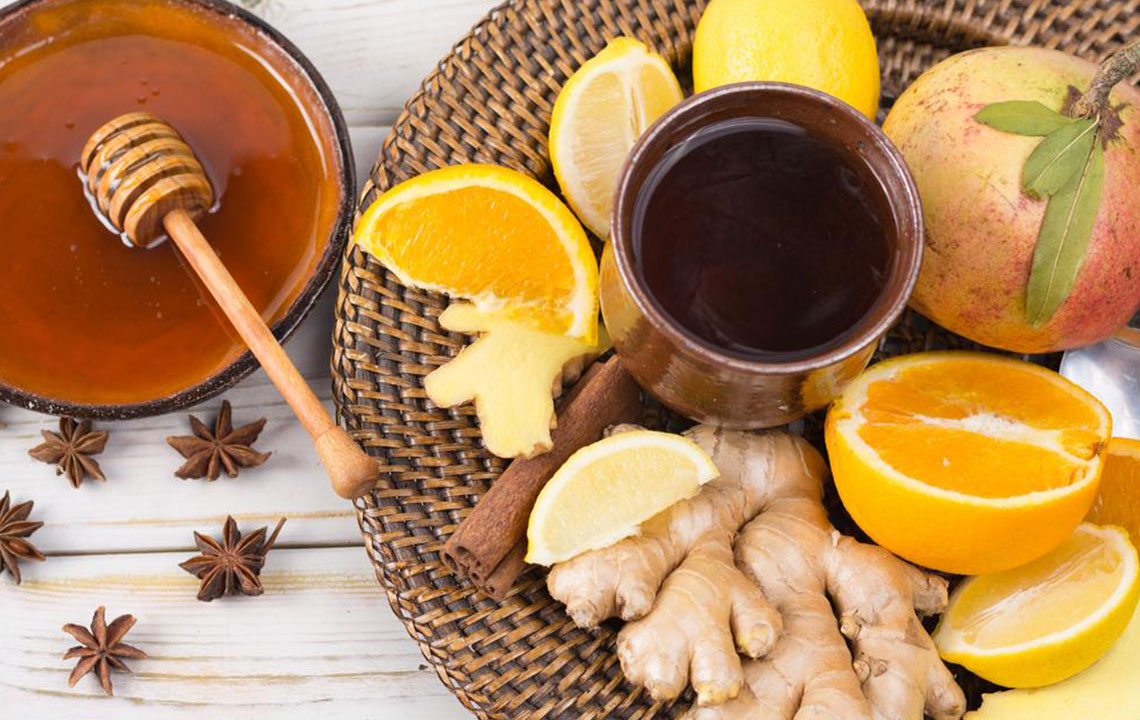Simple Remedies For Corns And Calluses

Foot corns are an irksome skin condition that can be painful. In areas of excess pressure, these create a thick skin.
In medical science, hyperkeratosis is the name for this thickened skin. These are often classified as corns and calluses, each of which is distinct.
- Corn is more localized and thicker. It is often in a conical or circular shape and could have a translucent appearance.
- A callus is a section of thick and flat skin. This is often stiffer than corn.
Corn could occur somewhere on the feet or the fingers. Some of the most frequent locations wherein corns occur are:
- On the sole.
- Most often over the ball of the foot.
- Often, corns appear on the little finger of the foot because of the friction between the foot and the shoe.
- At times, corns occur between the fourth and fifth fingers of the toe. If corn appears between the fingers, then it is more likely to be whitish. Such corn may seem slimy and are known as soft corns.
Why Do Corns Develop:
Corns are thickening of the skin. This thickening takes place to form a natural protection mechanism. Corns come into existence in places where the skin becomes tough. This is to counter high levels of friction. Here are some of the reasons why corns form:
- At times, corns come to prominence owing to foot or toe distortions. A bony elevation over the foot could lead to corn formation.
- Tight footwear which puts pressure on the skin could cause a formation of corns.
- If one has an aberration in movement, it increases the pressure applied to certain areas of the foot. So the odds of developing a corn increase.
- Finger corns do not occur at locations which are normal areas of friction. These often come into prominence because of using tools. As an example, playing guitar could result in the development of corn.
Corns could ail the feet if while walking and people over 65 years of age are more at a risk of developing corns.
Preventing Corns And Calluses:
One must reduce iterative situations which apply pressure to certain points. This would help one reduce the scenarios which lead to the development of corns.
Some preventive measures for foot corn treatment include:
- Wearing Comfortable Shoes:
One must avoid using footwear which causes friction on the little finger of the toe. In the same way, one must avoid using shoes which press the fourth and fifth finger together.
- Pad Up The Affected Area:
One can find some useful padding at the local drugstore, such as:
- Insoles for the feet
- Foam placed over the area where corn forms
Foot Corn Treatment
Healing mechanisms often involve using medications which diminish the dry skin. This stiff skin forms corn.
These medicines are often available for use as simple home remedies. Salicylic acid is the main ingredient in products intended for healing corns. It works by dissolving keratin which is the protein formation in the corn.
In most cases, products created from salicylic acid as the main ingredient are safe for use. Some of the main formats in which salicylic acid ministrations are available include:
- Drops
- Bandages
- Pads
- Ointments
These products often work by making the external skin white. It would then let the external skin wither away. This would let corn stick up to a lesser degree such that friction and pain reduces.
If you intend to cut away a corn, you must contact a physician for the same. There could be an infection in the area around corn. The physician may prescribe an antibiotic for healing the same.
In most cases, corns are not serious conditions. These are manageable with home foot corn treatments, and surgery is seldom required.
Even upon effective management, corns sometimes tend to recur. This is when there is consistent pressure on the area. But while corns could be benign, they do not increase the risk of any serious conditions such as skin cancer.
Home Remedies For Foot Corn Treatment:
Let us take a look at some of the best home remedies for corn and calluses;
Aspirin:
- Ground 5 or 6 Aspirins.
- Mix powdered aspirin with apple cider vinegar and water in equal amounts.
- Form a paste and rub it over the corn.
- Tie a bandage around it to hold it in place. Let it stay for 10 minutes.
- You should then be able to rub off the corn with a pumice stone.
Bread:
- Use this method overnight for healing corn.
- Dip half a slice of stale bread in apple cider vinegar.
- Apply this to the affected area.
- Cover up the site with an adhesive tape.
- Tie a plastic wrap over it and wear cotton socks.
Try these home remedies for quick healing and foot corn treatment. However, consult your doctor for a better and effective foot corn treatment.


